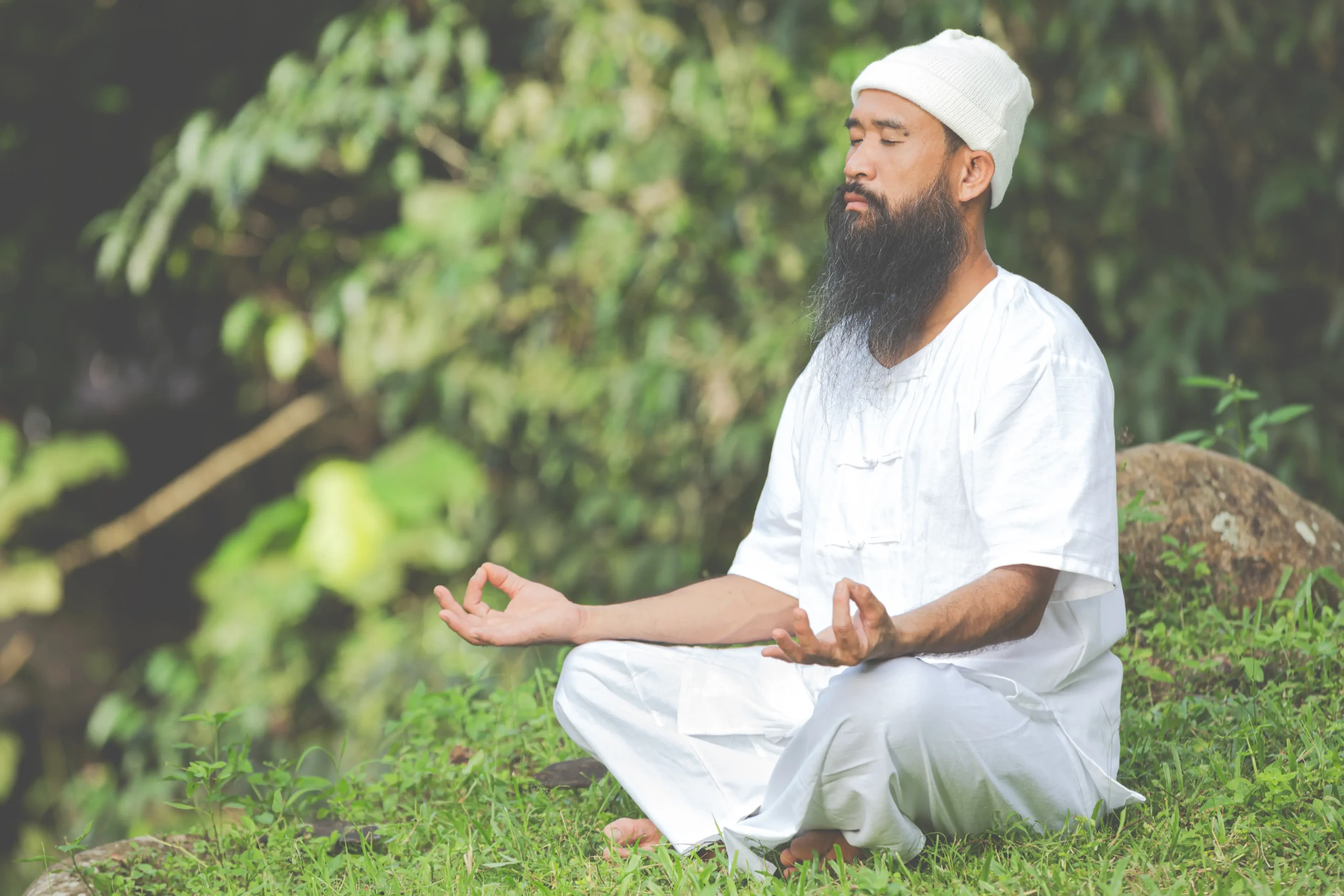Meditation is a timeless tradition that fosters harmony, tranquility, and mental clarity. If you’ve ever wondered about “Adaji Brahm: How to Meditate,” you’re not alone. This unique meditation approach has helped countless individuals achieve mindfulness, inner calm, and personal growth. Let’s explore the essentials of Adaji Brahm’s meditation techniques and how they can transform your daily life.
Understanding Adaji Brahm’s Meditation
Adaji Brahm meditation is rooted in simplicity and mindfulness. Known for blending ancient practices with modern insights, this technique is ideal for both beginners and seasoned meditators.
Who is Adaji Brahm?
Adaji Brahm is a renowned meditation teacher who emphasizes patience, mindfulness, and compassion. His approach strips meditation of unnecessary complexity, making it accessible to all.
Core Principles of Adaji Brahm’s Meditation
- Simplicity: Start small and build gradually.
- Patience: Allow the practice to evolve naturally.
- Mindfulness: Focus on the present moment.
- Compassion: Cultivate kindness toward yourself and others.
By following these principles, you can create a sustainable meditation practice that suits your lifestyle.
Historical Background
Adaji Brahm’s teachings draw inspiration from ancient Vedic and Buddhist traditions. His unique perspective combines spiritual wisdom with practical applications, bridging the gap between tradition and modern life.
Philosophical Foundations
Key concepts include:
- Mindfulness: Being fully present in the moment.
- Non-Attachment: Letting go of expectations.
- Compassion: Embracing universal love and empathy.
Grasping these concepts can enrich your meditation journey and amplify its rewards.
Preparing for Adaji Brahm Meditation
Starting strong is crucial for building a fruitful meditation routine. Follow these steps to prepare:
Create the Right Environment
- Choose a quiet, comfortable space.
- Minimize distractions, like noise or digital interruptions.
- Use items like candles, cushions, or soft lighting to make the space inviting.
Set a Schedule
- Pick a consistent time, such as mornings or evenings.
- Begin with just 5 to 10 minutes each day and slowly extend the time as you progress.
Relax Your Mind and Body
Before meditating:
- Take a few deep breaths.
- Release tension in your muscles.
- Define a specific purpose for your session, like “I aim to nurture a sense of inner calm.”
Step-by-Step Guide: Adaji Brahm How to Meditate
1. Focus on Your Breath
- Sit comfortably with a straight back.
- Gently shut your eyes and breathe deeply and slowly, paying attention to the natural flow of your breaths in and out.
2. Body Awareness
- Direct your focus to various areas of your body one at a time.
- Notice sensations without judgment.
- Release any tightness or discomfort.
3. Mindful Observation
- Observe your thoughts as they arise.
- Let them pass like clouds without clinging or reacting.
- Return your focus to your breath if you get distracted.
4. Cultivate Loving-Kindness
- Say affirmations such as, “I wish myself happiness and tranquility.”
- Extend this wish to loved ones, acquaintances, and even difficult people.
Overcoming Challenges in Meditation
Many beginners struggle with distractions, restlessness, or misconceptions. Here’s how to address them:
Common Obstacles
- Restlessness: Accept it as part of the process. Gradually, your mind will settle.
- Time Constraints: Start small—5 minutes is enough to build consistency.
- Physical Discomfort: Adjust your posture or use props for support.
Debunking Myths
- Meditation isn’t about “emptying the mind.” It’s about observing thoughts without attachment.
- You don’t need hours to meditate. Spending just a few minutes each day can have a meaningful impact.
Advanced Meditation Techniques
Once you’re comfortable with the basics, explore these advanced practices:
1. Insight (Vipassana) Meditation
- Observe your experiences without judgment.
- Recognize the impermanent nature of thoughts and sensations.
2. Mantra Meditation
- Choose a meaningful word or phrase (e.g., “peace” or “om”).
- Repeat it silently or aloud to focus your mind.
3. Visualization
- Imagine a serene landscape or a source of light.
- Let the image fill your awareness and bring tranquility.
Integrating Meditation into Daily Life
Meditation doesn’t end when your session is over. Bring mindfulness into everyday activities to enhance its impact.
Mindful Living
- Eat slowly, savoring each bite.
- Practice conscious breathing during routine tasks.
- Engage fully in conversations, giving your undivided attention.
Gratitude Practice
- Reflect on things you’re grateful for daily.
- Keep a gratitude journal to document positive experiences.
Scientific Benefits of Adaji Brahm’s Meditation Techniques
Research supports the effectiveness of meditation in improving mental, emotional, and physical well-being.
Physical Benefits
- Lowers stress and cortisol levels.
- Improves sleep quality.
- Reduces blood pressure and enhances cardiovascular health.
Mental and Emotional Benefits
- Boosts focus and concentration.
- Enhances emotional resilience and stress management.
- Promotes a sense of inner peace and happiness.
Common Misconceptions About Adaji Brahm: How to Meditate
Misconception 1: “Meditation is Only for Spiritual People.”
Reality: Meditation is for everyone, regardless of beliefs.
Misconception 2: “You Need to Meditate for Hours.”
Reality: Even 5-10 minutes daily can have profound effects.
Misconception 3: “You Must Stop Thinking Completely.”
Reality: Meditation is about observing thoughts, not eliminating them.
Testimonials and Success Stories
Countless individuals have benefited from Adaji Brahm’s meditation techniques. For instance:
- Sarah, a busy professional: “Meditation helped me find calm amidst my hectic schedule.”
- Michael, a student: “It improved my focus and academic performance.”
Resources for Further Learning
Expand your knowledge with these resources:
- Books by Adaji Brahm on mindfulness and meditation.
- Online meditation apps like Headspace or Calm.
- Local meditation workshops or communities.
Conclusion:
Adaji Brahm How to Meditate” is more than just a practice it’s a journey toward self-awareness and peace. Start small, stay consistent, and be patient with yourself. With time, you’ll unlock the profound benefits of this transformative meditation approach. Now is the perfect time to begin. Create your quiet space, set an intention, and take your first mindful breath. Let Adaji Brahm’s teachings guide you to a more peaceful and balanced life.

